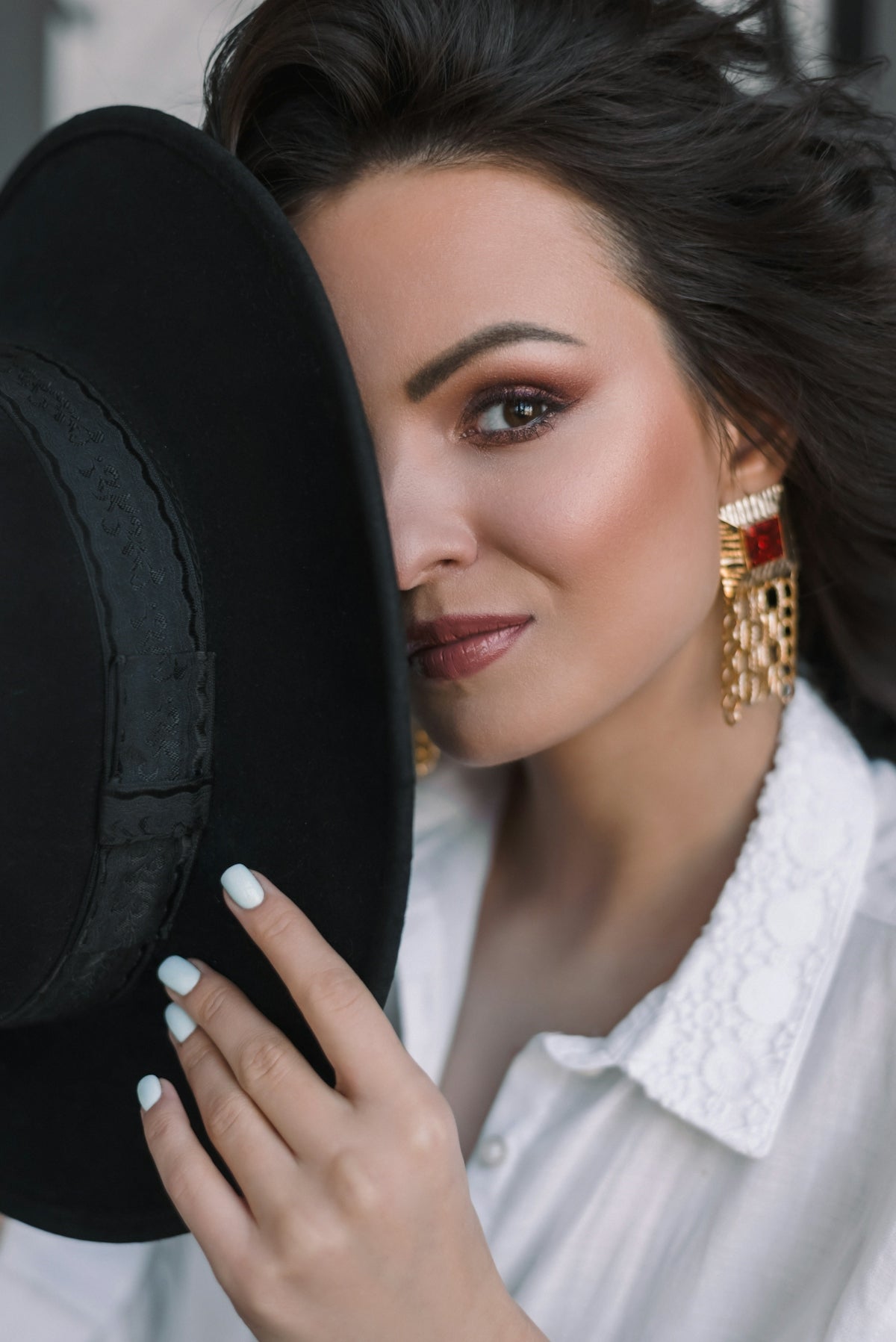In a world where fashion trends come and go with the seasons, the impact of clothing production on our environment has become a pressing concern. Ethical fashion, once a niche movement, has rapidly grown into a crucial topic in the mainstream fashion industry. As conscious consumers, it’s essential to understand what makes a brand sustainable and how to incorporate ethical fashion into our wardrobes. In this blog post, we will explore a comprehensive checklist to help you navigate sustainable style effortlessly.
Explore the latest in sustainable fashion at Fashion Fitz.
Understanding Ethical Fashion
Ethical fashion encompasses a range of practices and principles aimed at minimizing harm to people, animals, and the planet. It promotes fair trade, supports workers' rights, and advocates for sustainable resources and production methods. By prioritizing these elements, ethical fashion brands strive to produce clothing in an environmentally and socially responsible manner.
Key Elements of Ethical Fashion
- Sustainable Materials: Look for clothes made from organic, recycled, or biodegradable materials. Brands often highlight their use of natural fabrics like organic cotton, bamboo, and hemp.
- Fair Labor Practices: Ensure that the brands you support provide fair wages, safe working conditions, and secure employment for their workers.
- Animal Welfare: Choose items that are vegan or cruelty-free, avoiding clothing that uses real fur, leather, or other animal-derived materials.
- Eco-Friendly Manufacturing: Ethical brands use responsible manufacturing processes that minimize pollution, waste, and energy consumption.
- Transparency and Certification: A transparent brand openly shares its production practices and sustainability goals. Look for certifications such as Fair Trade, Global Organic Textile Standard (GOTS), or PETA-Approved Vegan.
Building a Sustainable Wardrobe
Creating a sustainable wardrobe doesn't mean you have to sacrifice style. With a variety of chic, eco-friendly options available, you can dress fashionably while adhering to ethical standards. Here’s how you can build a wardrobe that reflects your values.
Choose Versatile Pieces
Focusing on versatile garments can significantly reduce your shopping frequency and contribute to a more sustainable lifestyle.
- Ashleigh Strappy Chambray Romper: This denim jumpsuit is perfect for casual summer days. Made from eco-friendly materials, it’s both stylish and kind to the planet. Discover it here.
Quality Over Quantity
Invest in well-made clothing that will last for many seasons rather than opting for fast fashion pieces that wear out quickly.
- GeoWest Crew Sweater: This timeless piece, crafted with care, ensures comfort and durability. A staple for any ethical wardrobe. Find out more.
Embrace Second-Hand and Vintage
Opting for second-hand or vintage clothes is one of the most sustainable choices you can make. It reduces demand for new products and keeps garments in circulation longer.
Mindful Purchasing Decisions
Before making a purchase, consider the following questions to ensure your choices align with sustainable practices:
- Do I need it?: Evaluate whether the item fills a gap in your wardrobe or is simply an impulse buy.
- Will I wear it often?: Focus on clothing that you can incorporate into multiple outfits or wear throughout different seasons.
- Is it made sustainably?: Research the brand’s practices and ensure the product is made ethically.
Spotlight on Sustainable Products
Fashion Fitz offers a range of ethically-produced garments that align with sustainable fashion principles. Let’s explore a few products that are perfect for those looking to make eco-conscious choices.
- Urban Checkered Charcoal Denim: These wide-leg jeans are a must-have for any fashion-forward individual. Made with attention to ethical standards, they strike the perfect balance between style and sustainability. See more here.
- Purple Plaid Hooded Shacket: Combining comfort and style, this cozy shacket is ideal for transitional weather and layering, crafted with sustainability in mind. Learn more.
- Two-Tone Trendsetter Shacket: A trendy addition to any ethical wardrobe, this shacket offers a unique style while upholding the brand’s commitment to eco-friendly production. View it here.
Cleaning and Caring for Your Clothes
Sustainable fashion extends beyond purchasing decisions. Caring for your garments properly prolongs their life, reduces waste, and is integral to responsible fashion consumption.
- Wash Less Frequently: Avoid excessive washing, which wears out fabric faster and consumes more water and energy.
- Use Cold Water: Opt for cold water washes to conserve energy and maintain garment quality.
- Air Dry Clothes: Reduce your carbon footprint and preserve clothing fibers by air drying instead of using a tumble dryer.
Conclusion
Transitioning to a sustainable wardrobe is a journey, but every small step makes a difference. By following the ethical fashion checklist, you contribute to a more sustainable future while maintaining a stylish and conscious appearance. Fashion Fitz invites you to explore their collection of ethical garments that align with your values.
For more information, visit Fashion Fitz and start your journey towards sustainable style today.




0 comments